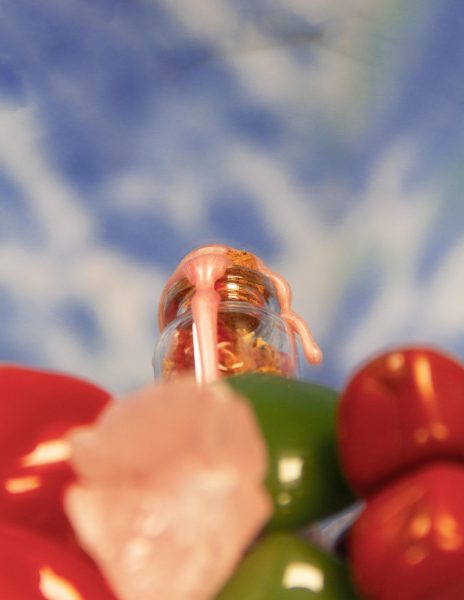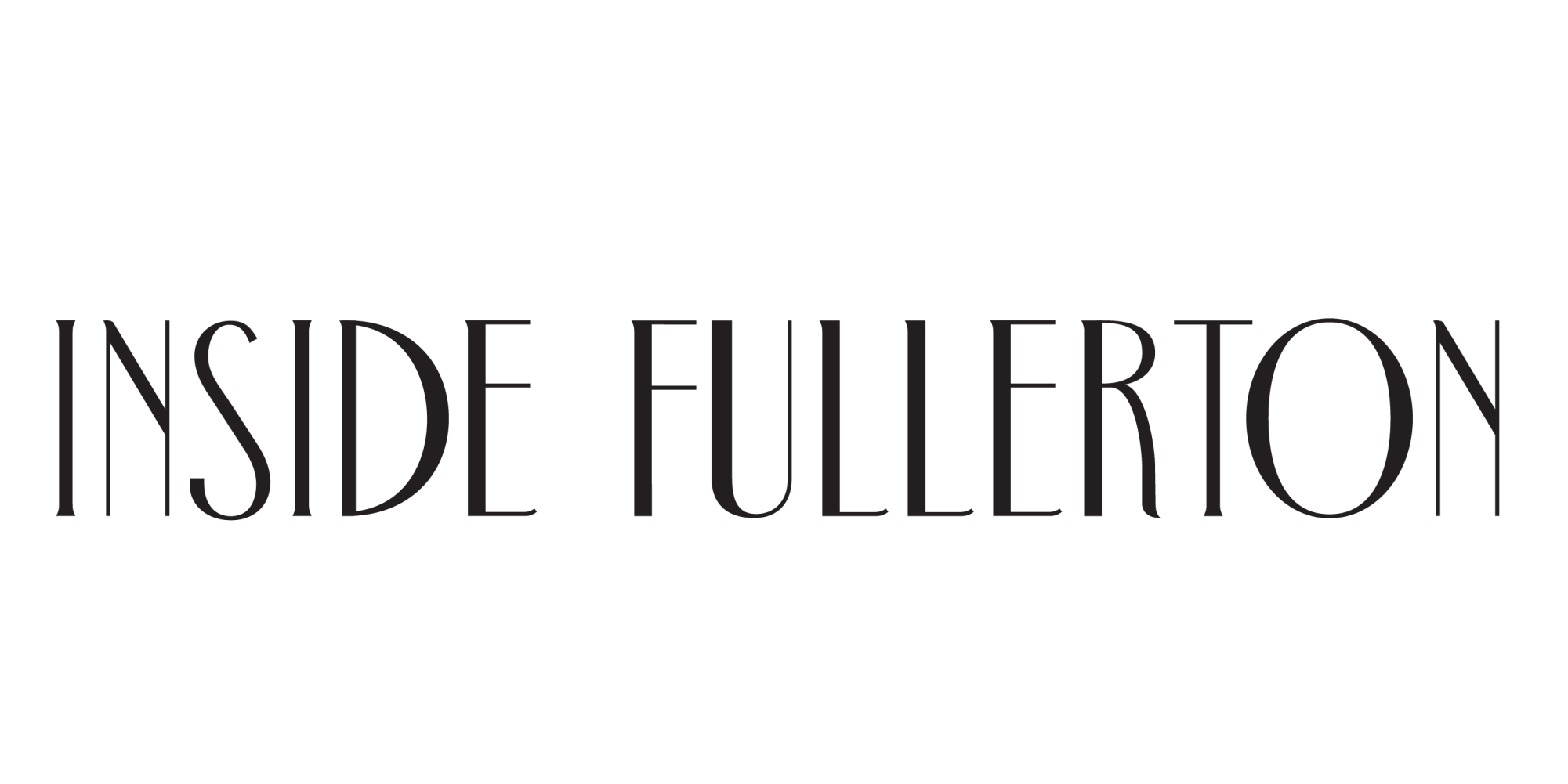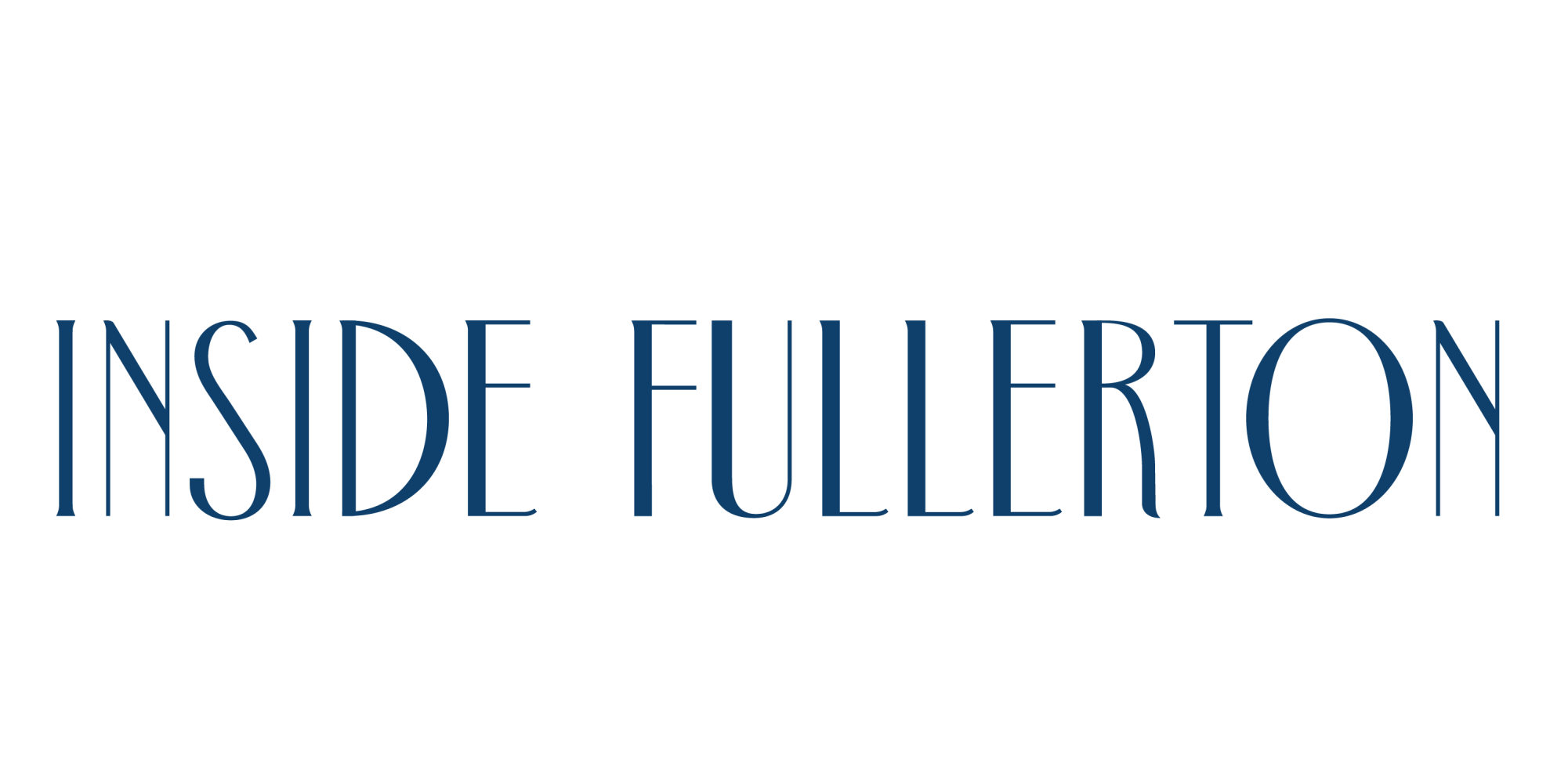As you take your daily walk in the park, you see a woman meditating on her rose quartz crystals, stating affirmations out loud like “My dream partner is finding his way to me,” and “I attract love easily.” It’s clear that her goal is to attract a romantic partner into her life through the power of manifestation. Spirituality, once associated with religion and witchcraft, is now commonly linked to the law of attraction. Many will use the law of attraction to achieve their goals whether it is romantic, financial or career oriented.
In an era where crystal shops, manifestation journals and motivational content flood our social media feeds, the allure of manifesting has captured the imagination of many. But as this trend grows, a question emerges: Is the ability to manifest, or to embrace spirituality, a privilege reserved for a select few? For some, manifesting has evolved into a lifestyle choice, with individuals investing significant time and money into spiritual practices. The rise of trendy manifestation accessories and motivational content on platforms like YouTube and TikTok has created a booming industry around spiritual practices. However, this trend raises questions about whether manifesting is a cultural trend or a deeply rooted meaningful practice—or is it just another money-making scheme?
YouTube has become a platform where the trend of manifesting has found a significant following through channels like Alwyn Oak, The Value of the Phoenix and KayyDeanne. These channels showcase the broad impact of manifesting, from elaborate crystal rituals to daily affirmations and success stories attributed to manifesting practices. This trend highlights a shift in how people perceive spirituality and personal growth in the digital age, raising questions about whether manifesting is a privilege limited to a select few. Oprah Winfrey, who has attributed much of her success to the practice of manifestation, discusses in her book, “The Wisdom of Sundays,” how she uses manifestation techniques like visualization and gratitude to achieve her goals and stay grounded.

What is manifesting? Manifestation is the belief that our thoughts and emotions can influence the reality we experience. This concept was popularized in the 1984 book “You Can Heal Your Life” by Louise Hay, and it has gained more traction with the book “The Secret” by Rhonda Byrne, published in 2009. The law of attraction is central to manifestation—suggesting that positive thoughts attract positive experiences, while negative thoughts attract negative experiences.
According to “The Secret,” by focusing on what we want and truly believing it is already ours, we can draw those things into our lives. Hay emphasizes the power of positive affirmations and self-love in manifesting desired outcomes. These teachings suggest that manifestation involves more than just wishful thinking; it requires actively shaping our mindset and beliefs to align with our goals.
Professor Leonor Cadena, a cultural studies expert and professor of anthropology at Fullerton College, offers a compelling perspective on the concept of privilege in manifestation. Cadena’s academic background and personal involvement in earth-based spirituality provide a distinctive lens through which to examine this phenomenon. She views manifestation not only as a tool for desires, but also as a form of focused prayer, emphasizing the importance of clarity in one’s intentions. Cadena proposes that if you break down prayer to visualize and request supernatural forces to make your desires real, it’s like manifesting. In both cases, the focus is on manipulating forces to achieve a specific result.
“If you deconstruct prayer as a way to visualize something that you want and ask supernatural forces to manifest, prayer is not that different,” says Cadena.
Cadena was a professor on the study abroad trip to Spain last year and saw a group of Roma women get together to work on their spirituality and energy. “There is not really a lot of privilege economically, but there is a privilege with these women coming together and praying in a non-Catholic way,” says Cadena.
Karen Markley, an anthropology professor at Fullerton College, believes manifestation to be pseudoscience like astrology, where beliefs are based on faith. In discussing manifestation as a potential privilege, she’s aware that basic manifestation practices (such as journaling) can be accessible to many, but recognizes that certain manifestations, like tarot readings or extensive journaling, require more resources and time—indicating a level of privilege.

Her comparison of manifesting to astrology furthers the idea that engaging in these practices may be a choice influenced by one’s access to resources and belief systems. She emphasizes this point by stating, “To sit down and do a tarot reading, or to sit down and have a good amount of time to journal, that’s all a privilege.”
The ability to engage in manifestation is influenced by various factors, including socioeconomic status, education and access to resources. For those with the privilege of time and financial stability, manifestation may be more readily accessible and impactful. However, for those facing economic hardship and limited resources, the practice of manifestation may remain out of reach or less effective. This disparity underscores the complex relationship between privilege and manifestation, raising important questions about who truly benefits from this trend and the extent to which privilege shapes one’s ability to manifest their desires.
The practice of manifestation can hold value for individuals regardless of their circumstances. According to Norman Vincent Peale, the author of “The Power of Positive Thinking,” the act of setting intentions and focusing one’s energy towards achieving goals can have a transformative effect on one’s mindset. Additionally, Carol S. Dweck’s “Mindset: The New Psychology of Success” explores how cultivating a mindset of abundance and possibility can lead to greater resilience and achievement, regardless of external circumstances. These principles suggest that while privilege may impact the ease and effectiveness of manifestation, the practice itself can still be a valuable tool for personal growth and empowerment.
Privilege plays out in so many ways whether you have white privilege or the free time for tarot readings and crystals. Already having time and funds to purchase the tools for manifesting grants you the easy access of maintaining your goals, compared to others that may not be wealthy or have the time.
A TikTok Guide to Manifestation
These are the top manifestation methods found on our For You Pages.
- “Don’t skip this sound!” — Have you seen those videos on your For You Page with those cryptic audios telling you to use them to manifest a flowing income, significant other or good health for your parents? Is this just another version of daunting chain mail, or is there meaning behind the videos that pop up on your curated FYP?
- Burning Bay Leaves — In the realm of spirituality, bay leaves are thought to ward off negativity and attract positive energy. One popular method is writing down your desires and intentions on a bay leaf and then burning it. Dispose of the ashes afterwards.
- 369 Method — The classic 369 method of manifesting with the law of attraction works by writing your name three times, something you want six times and then imagining that you have it nine times. You might just get what you want.
- Crystals — Owning crystals like rose quartz can help manifest love and romance into your life, and clear quartz can help you manifest peace, protection and healing.
- Tarot Readings — Pay attention to those special tarot readings that will predict your future and help you manifest your life. Use your intuition to read between the lines and apply the advice to your life.
Taken from the Summer 2024 print issue of Inside Fullerton. Read it here.



